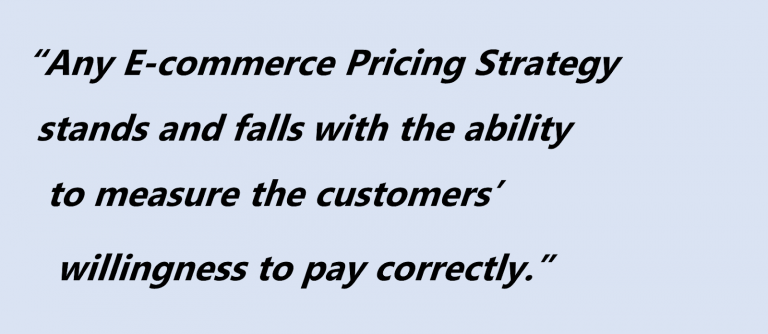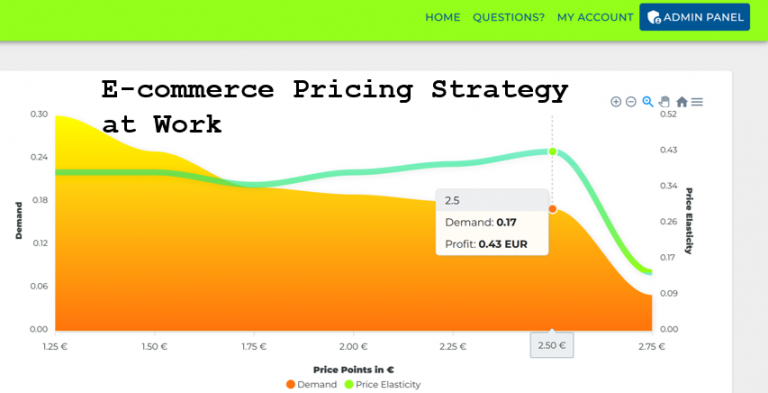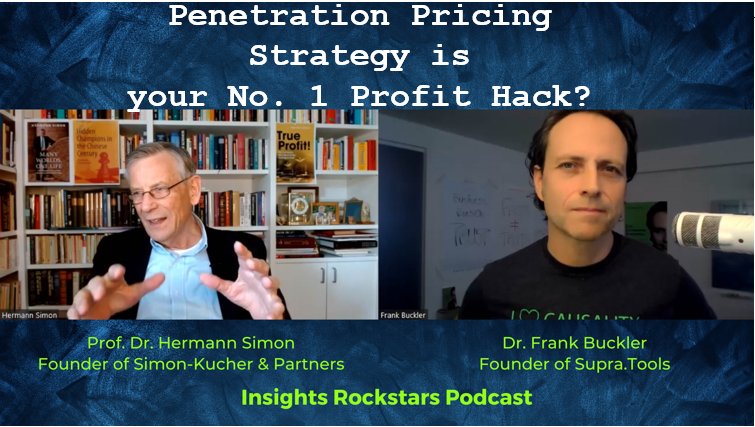
You might think that Pricing is just a numbers game. But the truth is Pricing is one of the most complex aspects of eCommerce. This blog post will show you how to use Pricing to your advantage and increase your profits.
Pricing is one of the most important features of e-commerce, and it can be a make-or-break factor for businesses. Why? Because Pricing affects everything from conversion rates to profit margins. And if you don’t have a solid pricing strategy, you could leave money on the table or make it difficult for customers to justify your prices. A few key things to remember when setting prices for your e-commerce products or services are explained in this article, so come along with us to get a complete guide.

An e-commerce pricing strategy, which is a well-thought-out approach, aids in helping you choose how to price items correctly to increase sales and profits while maintaining competitiveness. Various e-commerce pricing strategies depend on the products sold, the product demand, and the competition level.
The bestselling book „Pricing Intelligence“ has more on the topic and
Pricing is an important part of any e-commerce business, so it’s worth spending some time getting it right. By taking your cost base and the competition into account, you can ensure that your prices are set at a level that will allow your business to thrive.
The type of pricing strategy that a business chooses will depend on several factors, including the type of product or service being offered, the target market, and the competition. Here are a few of the most common pricing strategies used by e-commerce businesses:
Cost-plus Pricing is a fairly straightforward pricing strategy where businesses calculate costs and then add a markup. This is often used by businesses that have a good understanding of their costs and want to ensure they are making a profit on each sale.
This is a simple strategy where you add a markup to the cost of the product. For example, if it costs you $10 to produce a product, you might add a 20% markup and charge $12.
Competitive Pricing involves setting prices based on your competitors’ charges. This can be an effective way to attract customers, but it’s important to ensure you’re not undercutting yourself.
As the name suggests, this strategy involves looking at what your competitors charge for their products and services and setting your prices accordingly.
Dynamic Pricing is a relatively new pricing strategy that involves setting prices based on real-time data. This can be helpful in situations where demand is constantly changing, such as airline tickets or hotel rooms.
This more complex strategy involves changing prices based on demand or other factors. For example, hotels often use dynamic Pricing to charge more on weekends when there is more demand.
Freemium Pricing is a popular pricing strategy among online businesses, where a basic version of the product or service is offered for free. Still, more advanced features come at a price.
This can be an effective way to attract customers and upsell them on paid features.
Some professionals prefer to access video tutorials around pricing and insights

There are many different ways to price your products. Your chosen strategy will depend on several factors, including your business goals, your target market, and the type of product you’re selling.
You might want to consider a discount pricing strategy if you’re looking to increase sales volume or clear out old stock. However, if you’re selling a premium product, you’ll likely want to focus on value-based Pricing.
Regardless of your chosen pricing strategy, keep these key things in mind: stay competitive, consider your target audience, and factor in shipping and handling costs. With these considerations in mind, you’ll be well on your way to success with e-commerce pricing!
No matter your chosen method, you should always keep a few key principles in mind.
By following these simple guidelines, you can create a pricing strategy that works for your business and helps you meet your goals.
There are many benefits of pricing strategy for e-commerce businesses. Perhaps the most obvious benefit is that it can help you to control your inventory and cash flow better. Having a clear idea of how much each product costs, you can avoid overspending on inventory or tying up too much cash in unsold merchandise.
Another benefit of using a pricing strategy is that it can help you to manage customer expectations. If customers know what to expect in terms of Pricing, they are less likely to be surprised or disappointed when purchasing. This can lead to repeat business and higher customer satisfaction overall.
Before implementing e-commerce pricing strategies, there are a few disadvantages you should consider:
It is widely known that pricing is one of the key aspects of any business, but it is especially important for businesses that operate primarily or solely online. There are a few reasons for this.
First, because customers cannot physically see or touch the product they are buying, they are more likely to be influenced by price than if they were in a brick-and-mortar store. Second, because there is so much competition online, businesses need to find ways to stand out from the crowd, and pricing is one way to do that.
Here are a few examples of successful e-commerce pricing strategies
This is a great way to attract customers and get them to purchase your products. There can be discounts on specific items or entire orders and distribution of coupons through email marketing campaigns or social media.
This involves grouping together similar products and selling them at a discounted price. For example, a cosmetics company could create a bundle with lipstick, mascara, and an eyeshadow palette.
This is a common pricing strategy for businesses that offer recurring services, such as online courses, software, or magazines. Customers are typically charged on a monthly or annual basis.
Business owners can use this pricing strategy for physical and digital products. Online auctions are a great way to generate excitement and get customers to purchase your products.
This pricing strategy allows customers to pay whatever they want for a product or service. While this may seem risky, it can be successful if done correctly.
As an e-commerce business owner, it’s important to have a pricing strategy that will help you maximize your profits. You should keep a few things in mind when setting prices for your products.
One of the most important factors to consider is the price of your competition. You’ll want to ensure you’re not priced too high or too low in relation to your competitors.
Another important factor is the cost of your goods. You’ll need to ensure you’re charging enough to cover the cost of your goods and still make a profit.
You’ll also want to consider what pricing strategy you want to use.
Today pioneers use the latest pricing survey tools that use Neuroscience + AI
Interested professionals can use some tools even for free and explore on its own
You can access supra tools free here.

A Pricing strategy can give you a competitive edge in the market. By carefully considering your Pricing, you can ensure that your products are priced attractively enough to draw customers away from the competition.
Overall, there are many good reasons to use a pricing strategy for your e-commerce business. With careful planning, it can help you to boost sales, improve customer satisfaction, and gain an edge over the competition.

In my email newsletter “Pricing Insights” I cover the whole range of pricing insights solutions-from Garbor Granger to Conjoint, from NeuroPricing to Pricing Software Systems. I describe the application in various fields from new product pricing to promotion, from brand premium to feature pricing.
Keep up to date here.

Overall, there are many good reasons to use a pricing strategy for your e-commerce business. With careful planning, it can help you to boost sales, improve customer satisfaction, and gain an edge over the competition.

In my email newsletter “Pricing Insights” I cover the whole range of pricing insights solutions-from Garbor Granger to Conjoint, from NeuroPricing to Pricing Software Systems. I describe the application in various fields from new product pricing to promotion, from brand premium to feature pricing.
Keep up to date here.